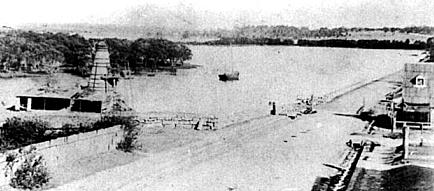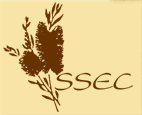Early Enterprises |
Early Oyster and Shell Gathering
Large native mud oysters, once prolific in Botany Bay, were relished by the Aborigines and were gathered by Captain Cook during his stay. Phillip also appreciated their abundance and it was to Botany Bay that he sent crews to gather them. They were sought not only for their delicious flavour but also for their shells. Divers were brought in from the Pacific islands to handpick the oysters. This resulted in massive over exploitation. So successful was the venture that by 1896 the then Fisheries Department declared mud oysters extinct. For more than a century none have been found in Botany Bay. |
 |
| Despite the extinction of the mud oyster, an abundant supply of its shells remains in the Bay to this day. Shells were dredged from the seabed of Botany Bay and transported to limekilns that were scattered around the waterways; there they were burnt and converted into lime for building. |
 |
| top of page |



